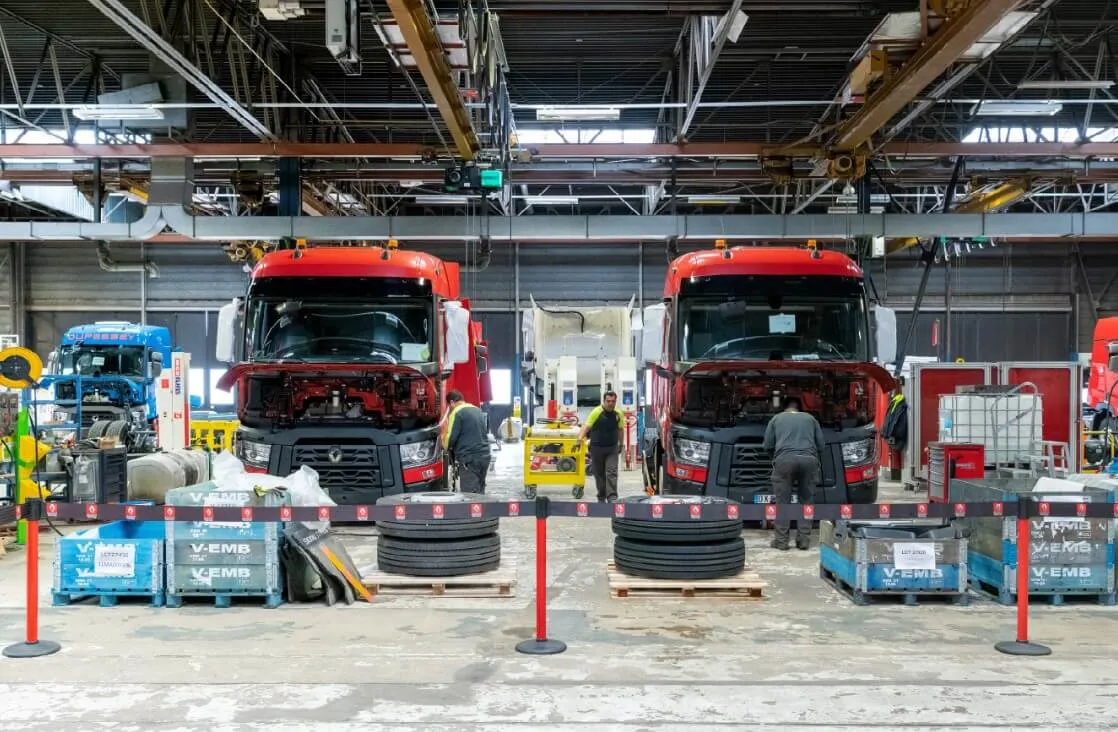As Europe faces mounting climate challenges, the road transport sector remains a key player in the race towards climate neutrality. However, both vehicle manufacturers and transport operators are encountering major barriers that are hindering the rollout of zero-emission trucks. Chief among these is outdated and insufficiently flexible legislation. The EU Directive on the weights and dimensions of vehicles is long overdue for revision – a delay that jeopardises both the EU’s environmental objectives and the competitiveness of European hauliers.
ACEA and the transport sector speak with one voice
The European Automobile Manufacturers’ Association (ACEA), the Road Transport Joint Representation Office (comprising BGL, FNTR and NLA), and the Dutch association TLN have issued a joint appeal to EU Member States to urgently conclude negotiations on the amendment of the Weights and Dimensions Directive. The initiative is backed by the current Danish Presidency of the Council of the EU, which has pledged to work towards a common position (the so-called General Approach) during its term.
Further reading: This mistake could cost your haulage business €5,000. And Germany’s not messing around
Three key barriers to progress
While manufacturers and hauliers have expressed full commitment to the European Green Deal, they face persistent challenges in practice:
- a very low share of zero-emission vehicles in most European fleets,
- underdeveloped charging and refuelling infrastructure for trucks,
- a higher total cost of ownership for electric and hydrogen vehicles compared to conventional combustion-engine trucks.
The signatories stress that the failure to update the directive on vehicle weights and dimensions is compounding these issues.
In case you missed it: Drivers offered container sleep pods at logistics centre
What is the industry asking for?
Transport organisations are calling on Member States to take two immediate steps:
1. Adjust weight and axle load limits
The revised directive should reflect the specific characteristics of zero-emission vehicles, which are generally heavier than diesel trucks due to battery systems and drivetrains. Without higher gross vehicle weight and axle load limits, operators lose payload capacity – reducing operational efficiency.
2. Support efficiency and decarbonisation
The sector is also urging:
- the facilitation of cross-border operations for EMS (European Modular System) vehicles,
- the preservation of existing bilateral exemptions that allow cross-border transport between countries that already use them,
- the authorisation of 44-tonne combinations for international journeys between Member States that already permit them domestically,
- broader uptake of longer trailers, which can reduce CO₂ emissions by up to 10% immediately.
Further reading: Hauliers warned: Netherlands plans roadside AdBlue checks
Diversity is no excuse for delay
The authors acknowledge the diversity of Europe’s transport systems – from regulatory frameworks to infrastructure – but stress that such differences must not hinder progress. The energy efficiency and transformation of the sector are common goals for the whole EU, especially in light of the growing importance of military mobility across Europe.
Time to act
ACEA, TLN, BGL, FNTR and NLA are urging the swift start of trilogue negotiations to adopt modernised regulations and unlock the full potential of zero-emission road freight. They warn that further delays threaten not only the EU’s environmental ambitions, but also the global competitiveness of European transport and manufacturing.









